Music has inspired every aspect of Rick Ram’s life. The massively popular chutney soca star grew up surrounded by songs that shaped him as both an artist and individual. That journey led him to become an award-winning singer with a string of hits.
When Eastern Eye asked him to select his favourite songs, he chose ones filled with magic, meaning and cherished memories.
Tu by Sonu Nigam: When I was about 11, my mother Camla Ramoutar sang with a band called Melody Express and rehearsed at our home. One night, the lead singer did not show up, and they were practising this song. Jerry Beharry overheard me singing along and told me to perform it on stage. It became the first song I ever sang live.
Nache Man Mora Magan by Mohammed Rafi: Known as one of the most difficult songs to sing, this track encouraged me to pursue a music career. It was my first entry into Mastana Bahar, a respected platform that launched the careers of many artists.
Pretty Woman from Kal Ho Naa Ho: This song brought me my love and life partner, Vanessa Ramoutar. I entered a major competition in Trinidad and Tobago for the best cover version of this song. I did two versions with Xsitaaz Band and Caribbean Vibrations Band. We performed on a live TV show called Indian Variety, and I needed a dancer. That is when the beautifully talented Vanessa walked into my life.
Mitwa from Kabhi Alvida Naa Kehna: This film track is a personal favourite to sing live. It remains one of the sweetest songs ever composed.
Sapano Main Pyardi by Ramdeo Chaitoo: This was the first traditional chutney song I covered. It will always hold a special place in my heart because it represents Caribbean music.
Ro Na Kabhi Nahin Rona from Apna Desh: I recorded a cover version of this song in 2007 and was blessed with a beautiful baby girl that same year. She brought such light into our lives, and the song became a huge success. To commemorate that moment, we named our daughter after the track – Varonah. For her sweet 16, we created a special remix of it just for her.
Ah Wish I Was Single by Rick Ram: I have many original hits in the chutney soca genre, but this one stands out. In 2012, I recorded the song and entered two competitions. I placed third in the Chutney Soca Monarch and won my first title as South Super Saturday Chutney Soca Monarch.
Nanda Baba by Anand Yankarran: This iconic song, originally sung by the late, great legend Anand Yankarran, remains one of the greatest traditional chutney tracks. I remember calling Mr Yankarran to ask his permission to do a cover, just before he passed away. He was so excited and said he had never heard anyone sing it the way I did. I recorded it with his blessings.
Luuuzzaarr by Rick Ram: This song was born out of a difficult time, when my wife and I were being bullied. Rather than retaliating, we channelled that experience into creating something positive. Luuuzzaarr made a huge impact – and helped me win two titles: the 2024 Chutney Soca Monarch and the 103.1FM Chutney Soca Road March competition.
Party Like This by Rick Ram: This original song is dedicated to my little prince, my son Rick Junior. He is full of energy and watches everything I do. A reflection of him, I am proud of this track just as I am proud of him and everything he is. It has become his anthem.
Instagram: @rick.ramoutar.75
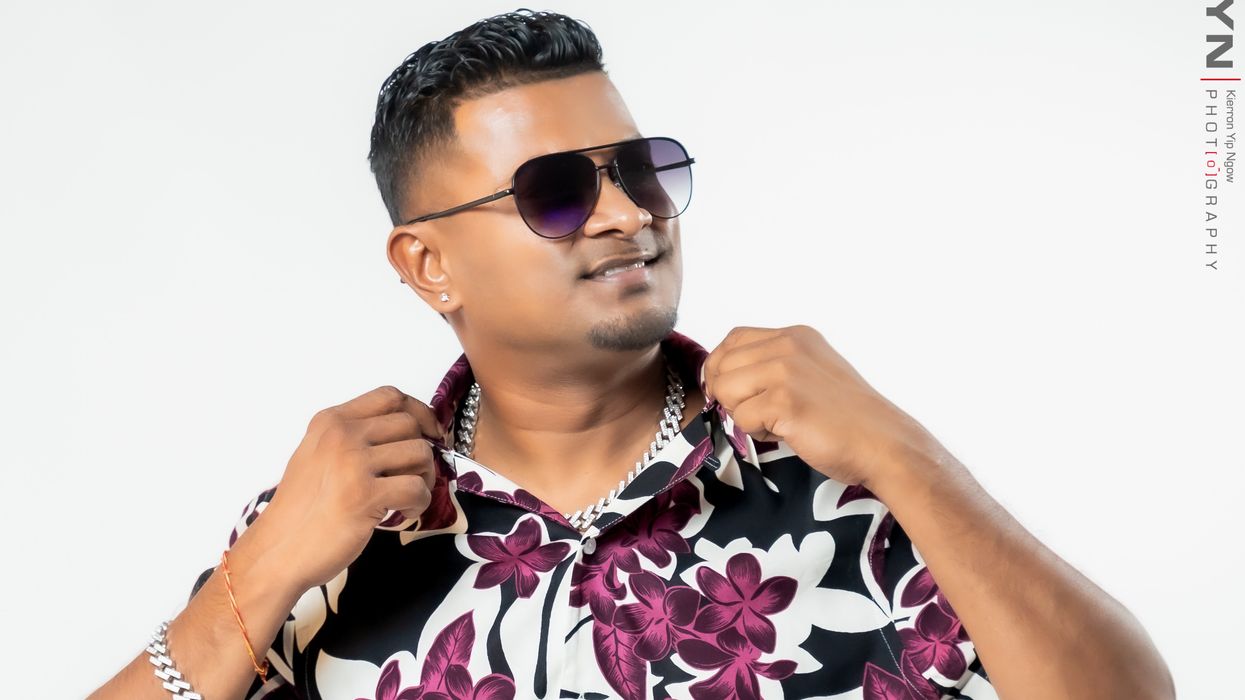
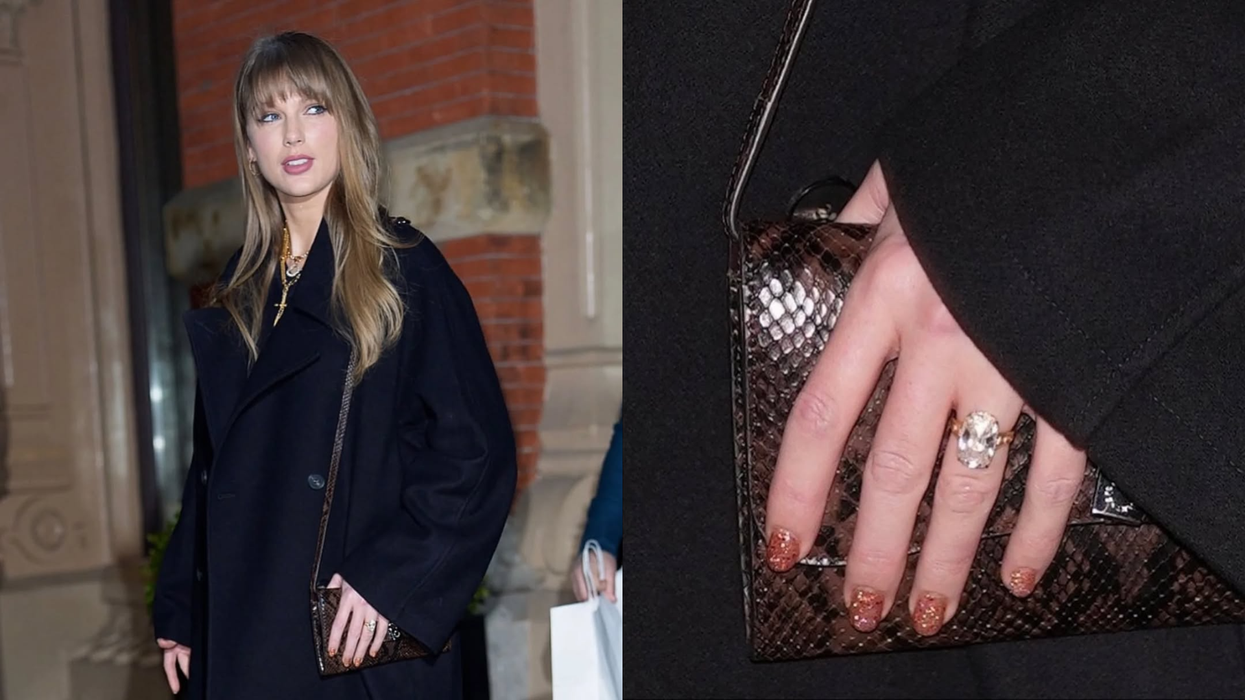
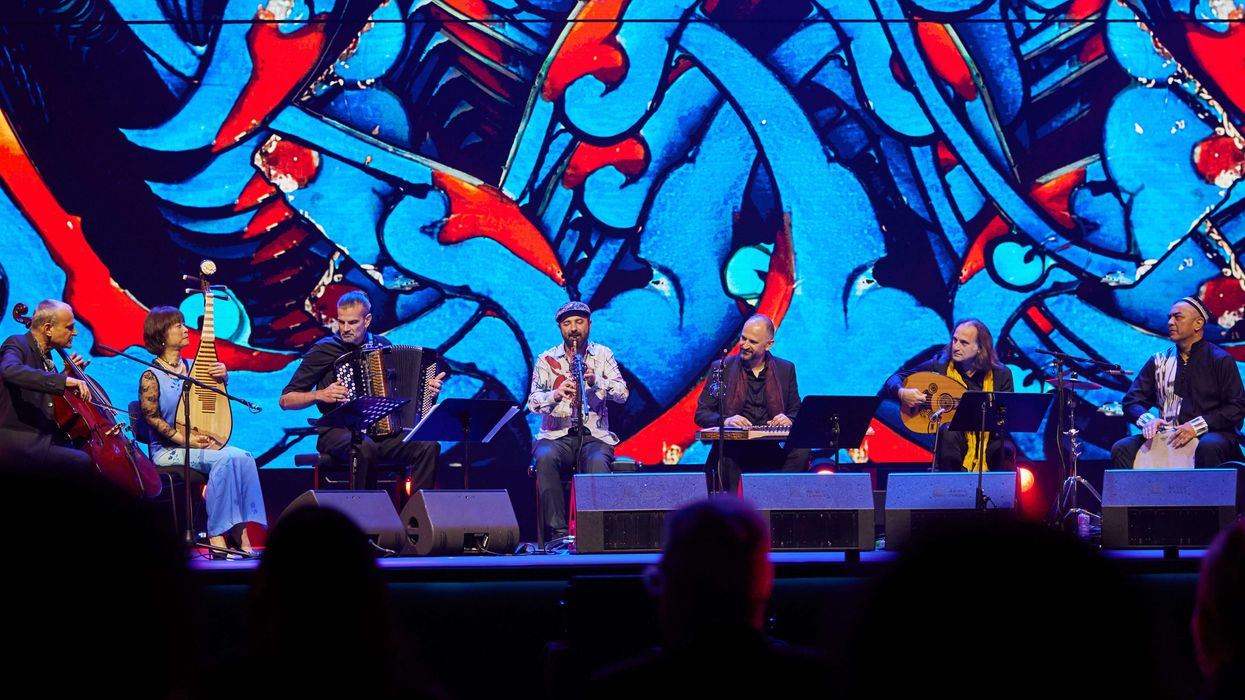
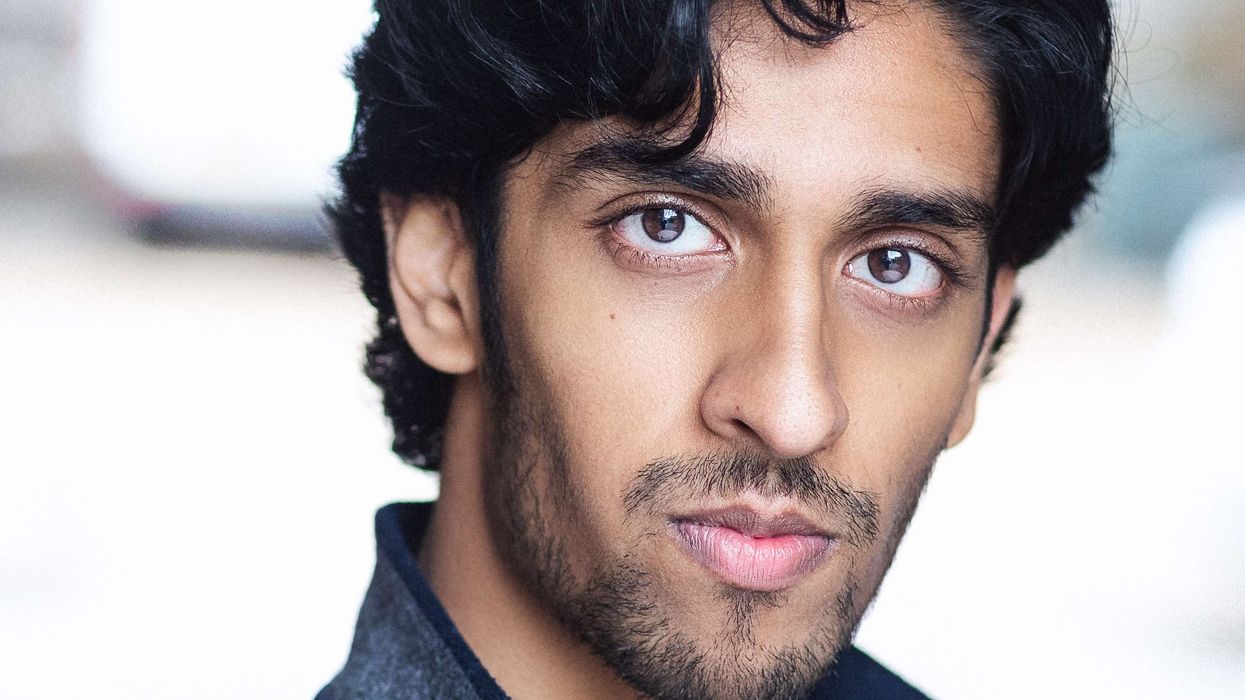
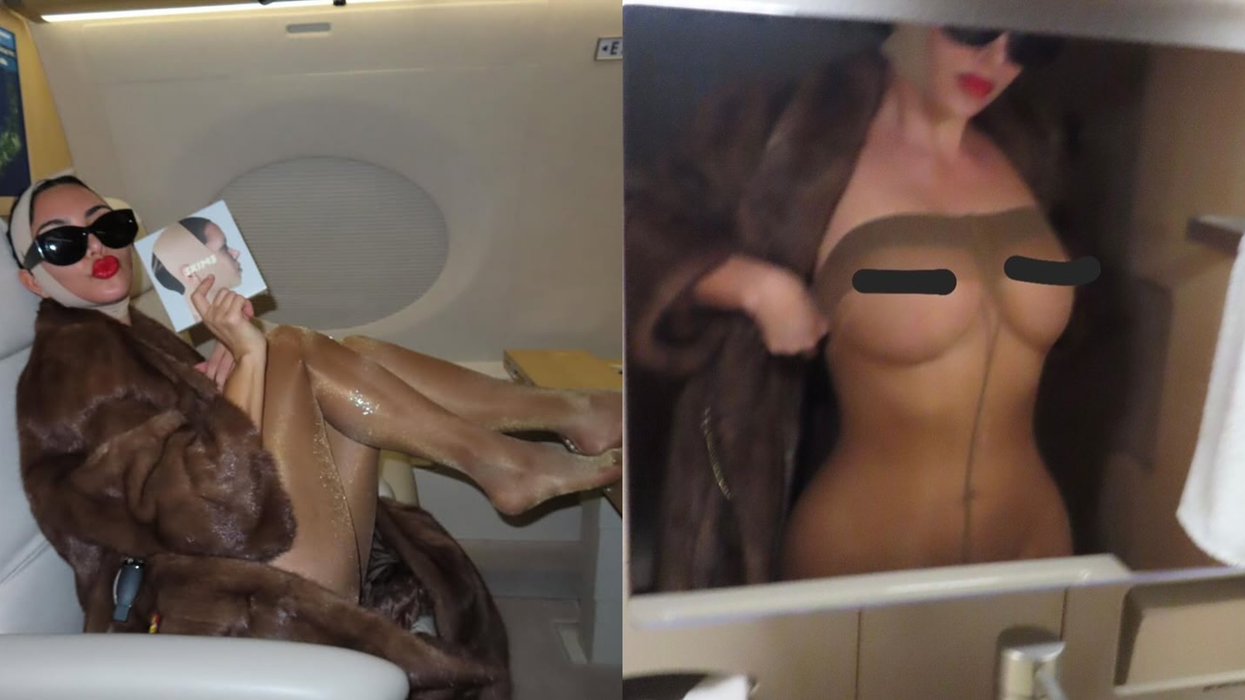
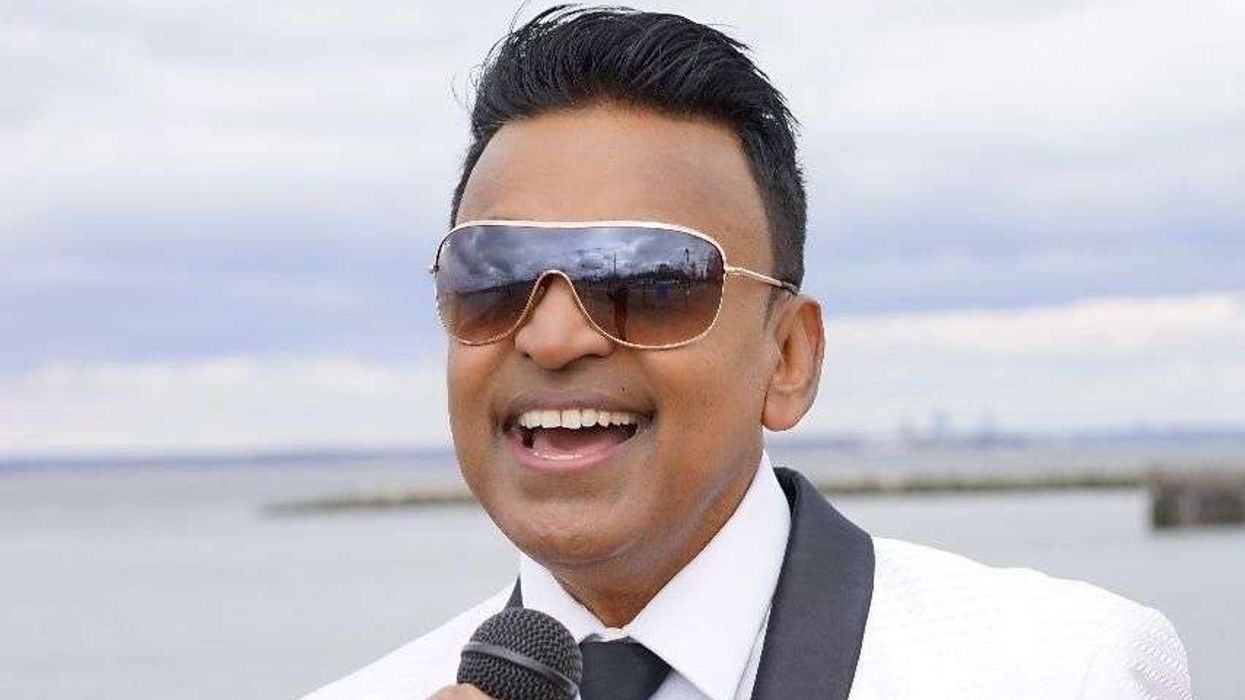
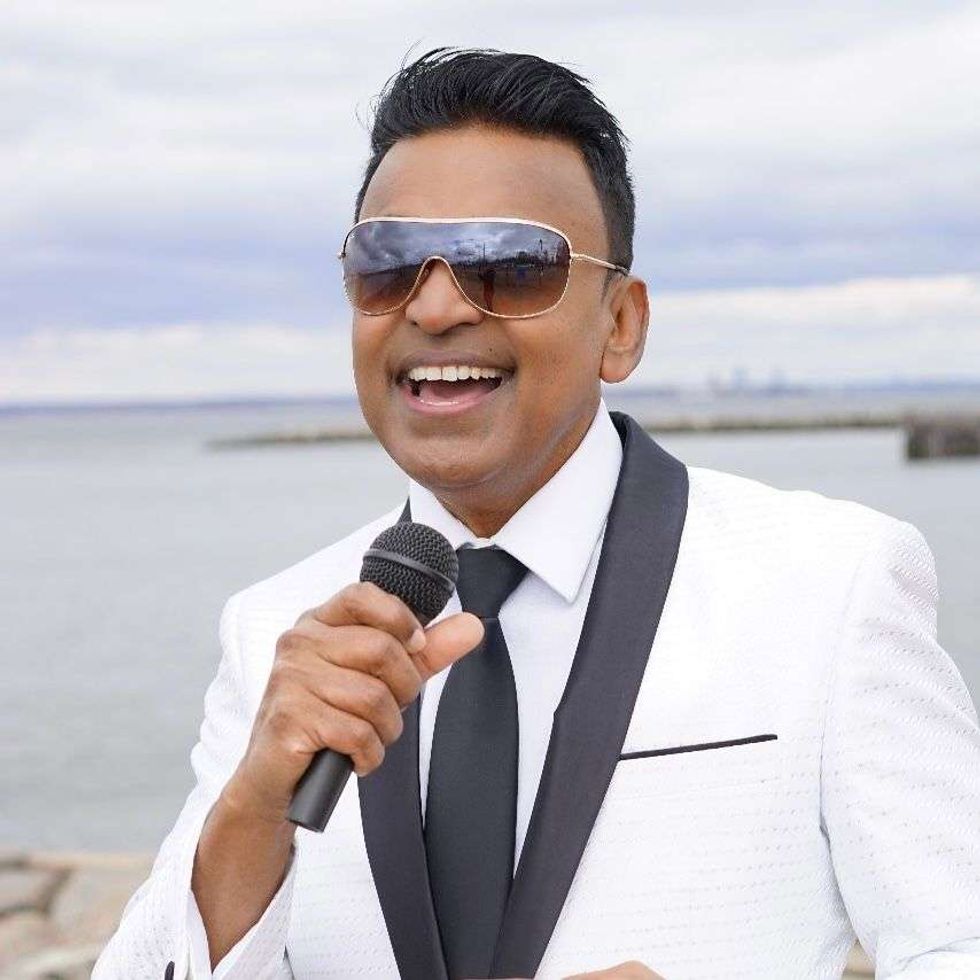 Chutney Star Terry Gajraj Picks the Melodies That Made Him
Chutney Star Terry Gajraj Picks the Melodies That Made Him 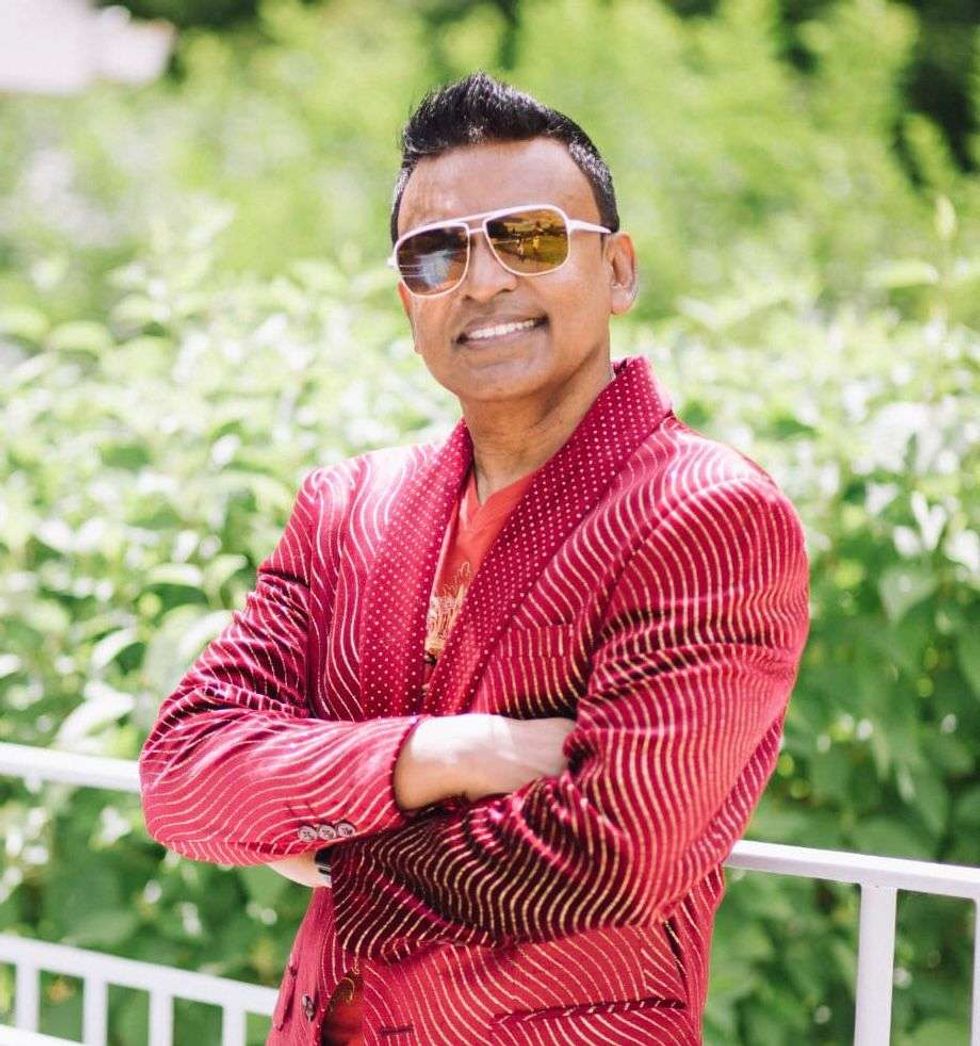 Inside the Playlist of Terry Gajraj, One of Chutney Music’s Most Enduring Voices
Inside the Playlist of Terry Gajraj, One of Chutney Music’s Most Enduring Voices





